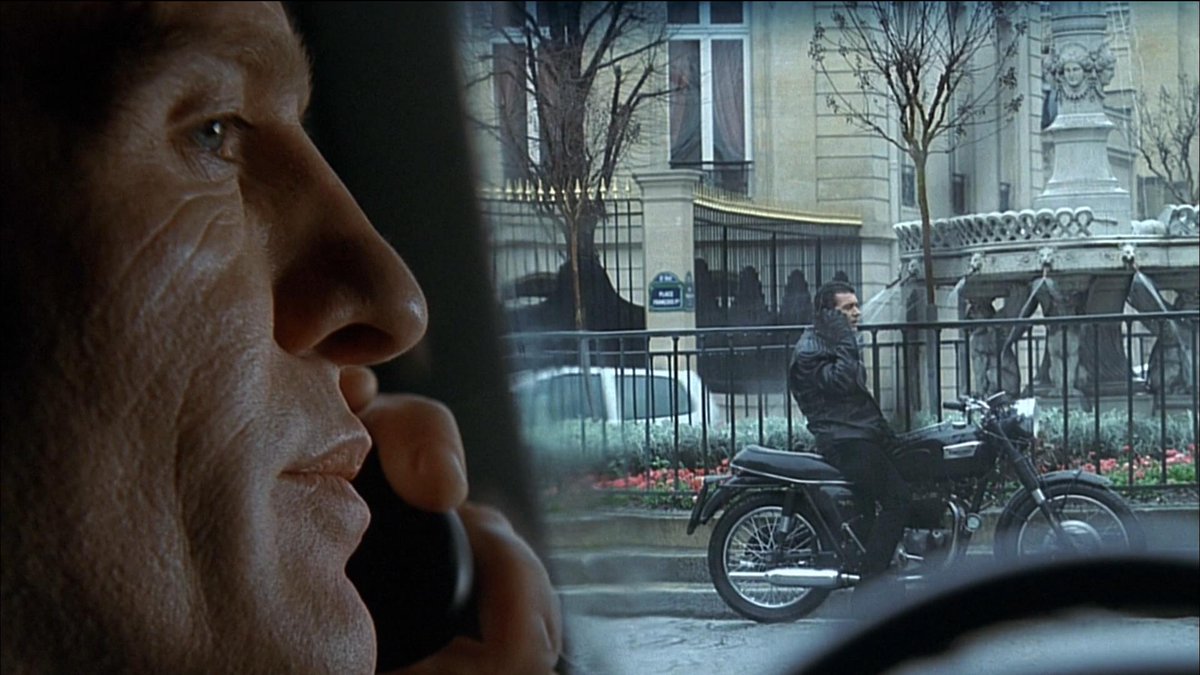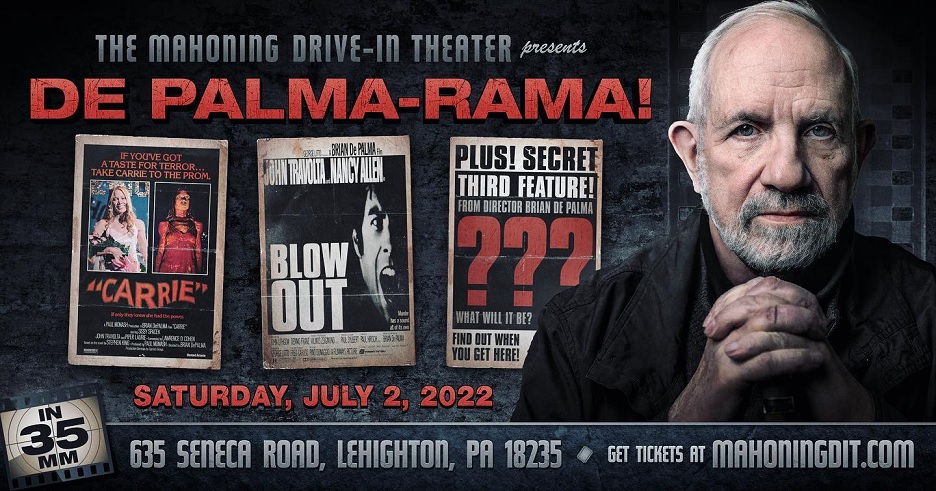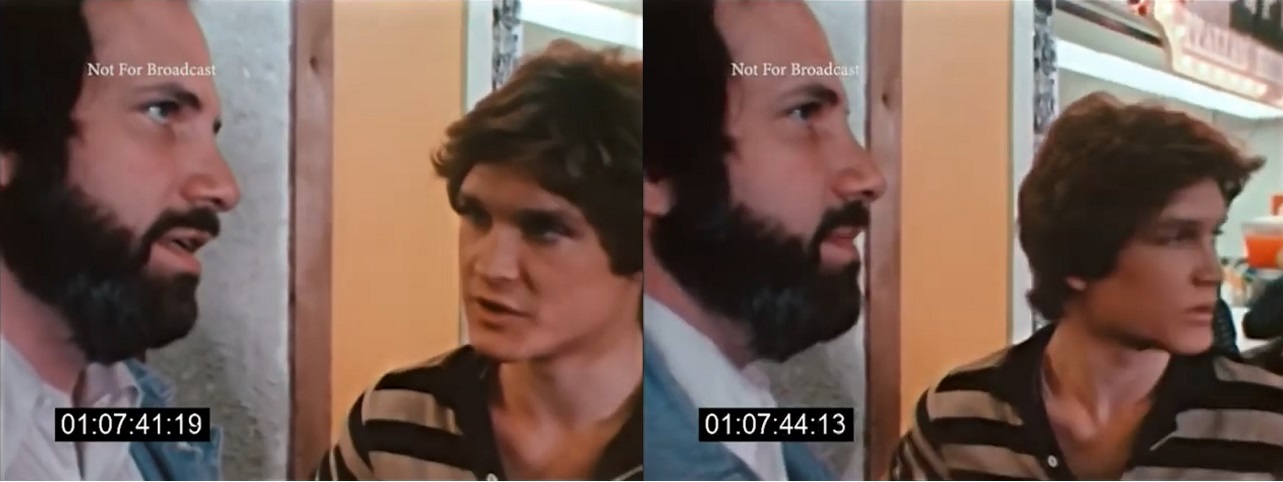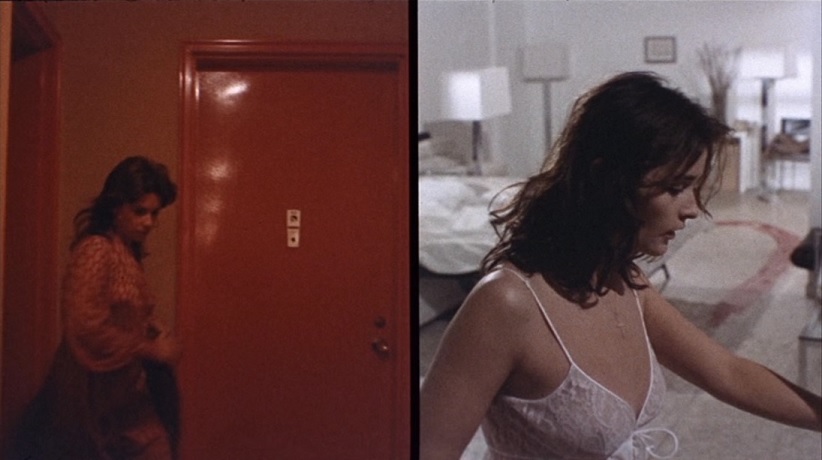WHILE DR. STRANGE REVIEW SAYS "A BLOODIED WANDA IS THE SPITTING IMAGE OF SISSY SPACEK IN CARRIE"
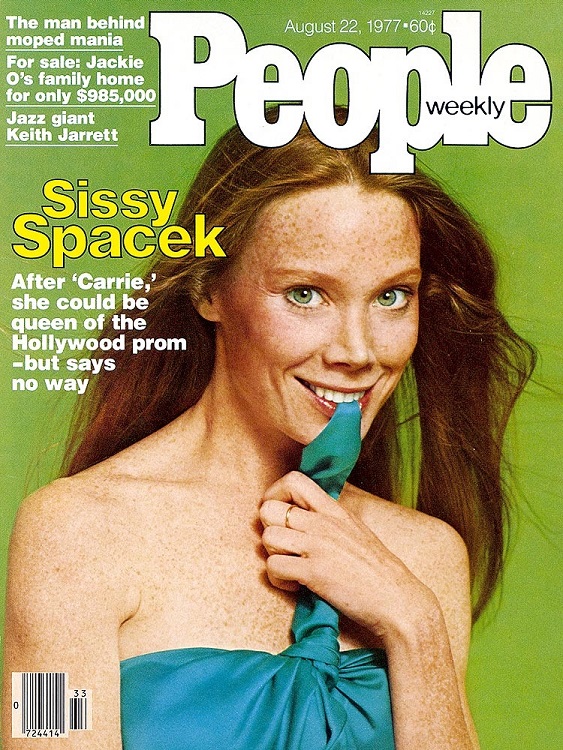
At The Irish Times today, Simon Hattenstone profiles Sissy Spacek:
Mary Elizabeth Spacek was born on Christmas Day 1949 in Quitman, Texas. Her family were well established – her paternal grandfather was the mayor of Granger, Texas, her father a county agricultural agent and her mother a typist at the county courthouse. Her two older brothers called her Sissy and that is how it stayed.Spacek’s childhood was idyllic. She fished with her brothers, rode a horse called Buck, went barefoot throughout the summer, watched matinees at the local picture house and performed in talent contests from the age of six. It all came to an end when Robbie, an outstanding athlete, became ill. At 17, she spent the summer with the actor Rip Torn and his wife, Geraldine Paige, in New York to “get out from under” the unfolding family tragedy. Spacek had planned to go to the University of Texas, but Robbie’s death changed everything. After finishing high school, she returned to New York in the hope of becoming a great folk singer.
It didn’t quite work out. In 1968, under the nom de plume Rainbo, she recorded a hilarious single called John You Went Too Far This Time, declaring her love for John Lennon while berating him for posing nude with Yoko on the Two Virgins album sleeve. She also sang with a group called Moose and the Pelicans, who released a likable version of She’s a Rebel. When she was dropped by her record label, she turned to acting. Within a few months of starting at Lee Strasberg, she had been cast by Malick in Badlands, where she met her husband, Jack Fisk, the film’s production designer.
With Badlands, she says, she discovered just what was possible in movies. “It was when I realised film can be art. And I was working with people – Terrence Malick, Jack Fisk, Martin Sheen [who played her boyfriend, Kit]– who had such passion. Their passion for their work ignited something in me. I had all that experience growing up, good and painful and joyous, and now I had a place to put it.” Spacek looked so different from most Hollywood starlets – red-haired, ferociously freckled, short, slight and childlike. She seemed feral one minute, serenely beautiful the next. Badlands taught her how little you had to do or say in films to make an impression. Often she expressed more with those huge blue eyes than with her words.
She lights up when she talks about Badlands. But, to be fair, she lights up when she talks about so many of her movies. In Coal Miner’s Daughter, she got to sing Lynn’s songs and won a gold disc for the soundtrack. “When we decided to go with Michael Apted, someone said to me: ‘Why did you decide to go with an Englishman?’ Well, he grew up in a coal-mining community and he didn’t bring any of the country cliches that are so prevalent. And gosh, what a great artist. You know, it’s all about the director.”
Despite winning the best actress Oscar for Coal Miner’s Daughter, it was Carrie that made her most famous. Even now, she says, teenagers show her their Carrie tattoos. “Who knew that Carrie would be around like 100 years later? Every year a new generation of young people see it.” As much as anything, Carrie is about the pain of adolescence. “So many kids feel tortured when they’re in middle school and high school. Bullied and misunderstood. Stephen King hit a nerve with that. It’s a universal story.”
Although 26-year-old Spacek was playing a schoolgirl in Carrie, she had already been working for eight years. Did she feel much older than the characters she played? Yes and no, she says. “I had maturity because of what I had lived through already, but I’ve always been connected to the inner child. I just am.” I can still see that inner child today, I say. She beams. “You think so? As a person, I do. I’m excited about people, I’m excited about work, I’m excited about children. I’m pretty passionate. I don’t feel lukewarm about things. I’m either all in or not at all.”
Incredibly, Spacek was nominated for five Oscars between 1977 and 1986. “I went from one film to another, working with great directors. It was a wonderful time. The artists ruled in the 1970s. We were making low-budget films that the studios didn’t care about, so they’d leave us to our own devices.”
Meanwhile, Carrie is mentioned in a review or two of Sam Raimi's Doctor Strange in the Multiverse of Madness:
Mark Feeney, The Boston Globe:
Drollery is in fairly short supply. In keeping with the Scarlet Witch’s witchiness, this is the closest the Marvel Cinematic Universe has come to including a horror movie. Is Raimi returning to those “Evil Dead” roots? An eye emerges in a very familiar forehead. An alternate Strange looks like a cross between a zombie and the Phantom of the Opera. Skeletal souls of the damned fly through the air with the greatest of unease. In several sequences, a bloodied Wanda is the spitting (or bleeding) image of Sissy Spacek in “Carrie.”
Noel Vera, BusinessWorld's Critic After Dark
Elizabeth Olsen as Wanda a.k.a. The Scarlet Witch provides the electric charge that jolts this patchwork mess to life. Her quest to seek her lost children is a struggle any parent, or anyone who’s lost a loved one can understand. That furtive thought lurking at the back of one’s grieving mind: “Maybe if I bring them back” — the results may never be good, but we’re not being honest if we say we never entertained such thoughts.And Raimi plays it up; wraps Olsen in shadows as she strides forth with red LED eyes, splatters her face with drying blood (Brian de Palma’s Carrie much?). As far as gore goes, this is Parental Guidance Raimi, barely worth mentioning, but one look at Olsen’s wild despairing face and you know where the true horror lies: this is love without hope seeking a way to keep itself alive, knowing what it’s doing is wrong wrong wrong, lying to itself constantly that maybe somehow somewhere there’s a way. I saw the movie with some people, and one of them remarked: “I kept rooting for the evil witch.” I can relate to that and suspect Raimi can too — at one point we see Wanda’s imagined children watching TV, and on the small screen was Snow White and the Seven Dwarves. I remember Woody Allen in Annie Hall saying “I immediately fell for the Wicked Queen.”
Multiverse of Madness is pretty good, perhaps the best Marvel since Raimi’s own Spider-Man movies and, really, it’s hard to fault the picture for anything save for flaws that don’t really matter (rigorous plotting, realism, characterization of everyone not played by Olsen). Oh! And timing — over a month ago A24 released Everything Everywhere All at Once and what Dr. Strange achieved for $200 million the Daniels did for only $25 million; the universes are wilder (Paint Universe and Dispersing-Cubes Universe vs. Hotdog Fingers Universe and Just Rocks Universe), the MacGuffin even more bizarre (Book of Vishanti, meet The Everything Bagel). Perversely, the fight sequences in Everything are superior because: 1.) very little if any of it involves CGI, and 2.) it’s performed mostly by Ke Huy Quan and Michelle Yeoh — talk about low-tech, they are perfectly capable of and do the action for real. Yes, Olsen was affecting but Michelle Yeoh, I submit, has the richer role, playing Loser Evelyn, Movie-Star Evelyn, Sausage Fingers Evelyn, and so on. And none of this is arbitrary; turns out almost every Evelyn is a result of a choice her character makes or fails to make (the rest were created by the choices of people who have affected Evelyn, or basically everyone else), suggesting the branching, bewildering complexity of even such an ostensibly low-profile life. In effect The Daniels now are what Raimi was when he first started, directing his own scripts with almost no resources — and this I see is where I first came in; pardon me while I let myself out the side door.
See also:
CBR.com: Doctor Strange in the Multiverse of Madness turned one character into a horror archetype by homaging Brian De Palma's Carrie
Updated: Thursday, May 12, 2022 9:34 PM CDT
Post Comment | Permalink | Share This Post





